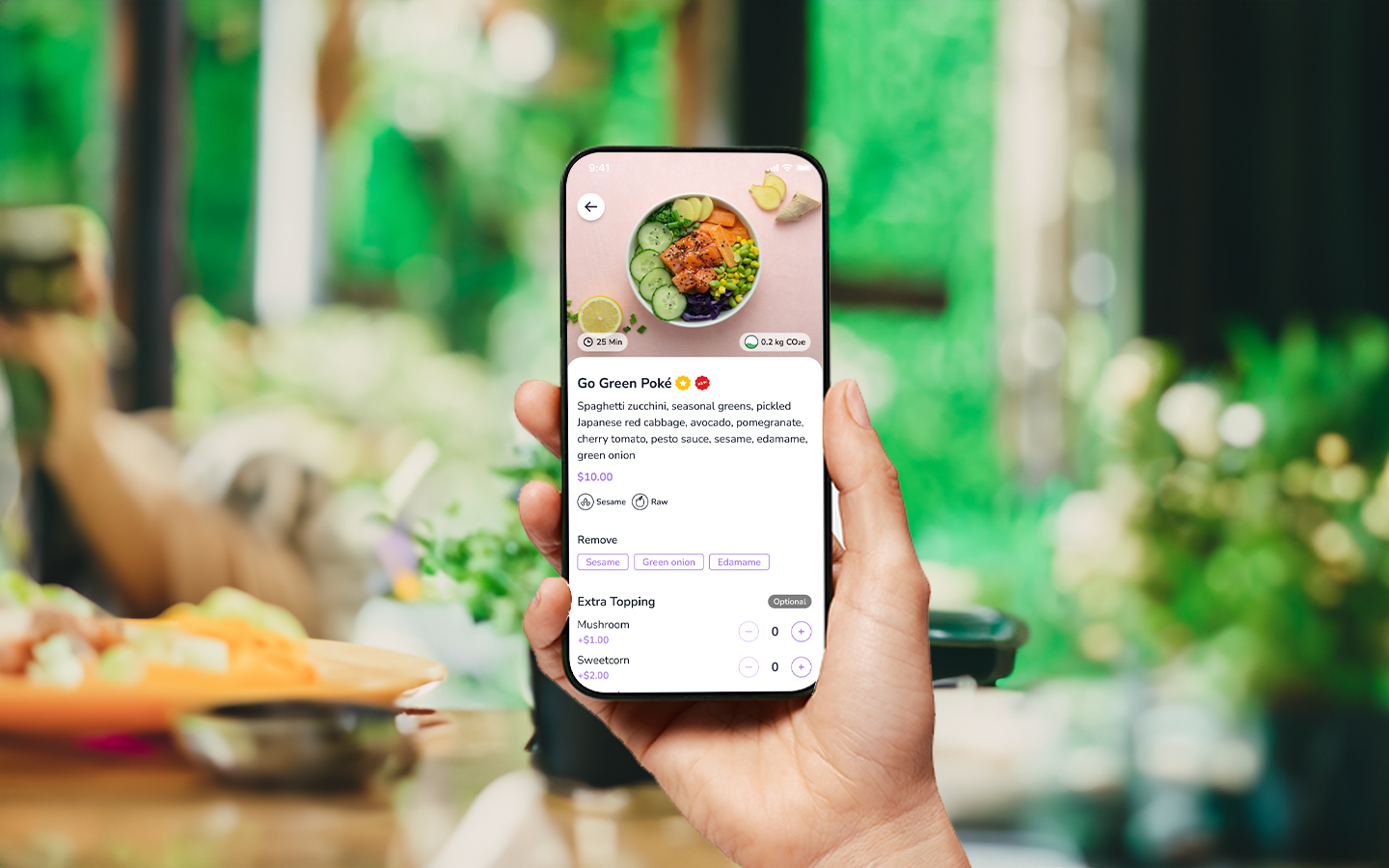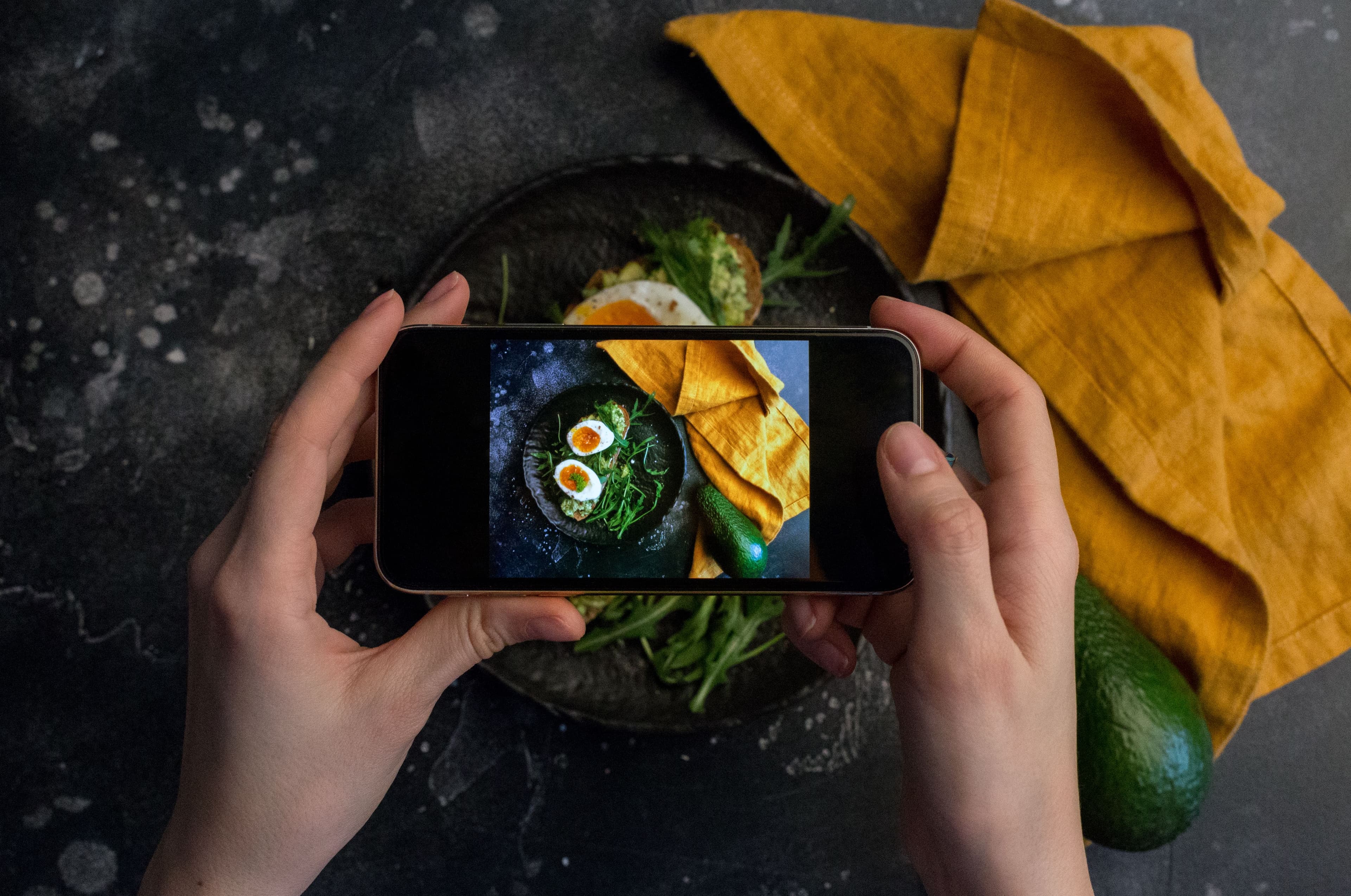Ghost kitchens are kitchens without dining rooms. They are designed for delivery and probably never become a bricks-and-mortar destination for diners. Ghost kitchens contain different brands within one location. Kitchen machinery like dishwashers and stovetops are shared across these brands in one space. The concept is pretty cost-effective and will shake the industry in the upcoming years.
According to a recent report from Euromonitor, the ghost kitchen sector could create a $1 trillion global opportunity by 2030. Hence, it might be a good time to jump into this new-generation co-space workspace. If you want to be ahead of the market and leverage new business opportunities, this blog post is for you!
Empty spaces in dining establishments could be used for ghost kitchens
Since the pandemic, in the United States, 110,000 outlets have had to stop their operations. This number is expected to increase because the majority of the operators faced economic and labor challenges.
However, challenges can create new business opportunities. The dining establishments that are closed can turn their empty spaces into ghost kitchens. Additionally, since ghost kitchens don’t require seating, dining rooms can also be turned into kitchens where different brands operate.
This is an exciting business model because operators can make up for the loss during the pandemic by renting the space and the kitchen equipment they already have.
Ghost kitchens are perfect for the growing delivery industry
According to UBS, the food delivery industry is expected to be valued at $365 billion by 2030. Moreover, the number of customers who prefer delivery keeps increasing.
According to the National Restaurant Association, In 2020, the number of customers who ordered their food with delivery was 78%. Moreover, 39% of those customers ordered their food more than once. This data shows that more and more people prefer to eat in their homes. Since ghost kitchens focus solely on delivery, leveraging empty spaces could bring more profits and sales than serving at brick-and-mortar locations.
Ghost kitchens are cost-effective solutions for restaurateurs
Ghost Kitchen lets brands manage their inventory, data, and sales and allows a space for co-shared suppliers. Brands also share other costs associated with the operation of a restaurant, such as rent, electricity, water, and cleaning services. We can say that the concept works like a cooperative but has a fancier name.
Since ghost kitchens focus on delivery instead of dining-in, sharing the space, operational cost, and kitchen equipment is highly cost-effective for the operators.
Ghost Kitchens parking space can be used for curbside to increase sales
Curbside pickup became the typical way for customers to get their food without possible contamination. Customers order their items via an app, select a collection time, and receive their orders from a designated location.
If your closed venue has a parking spot for your customers, you are lucky. By turning your empty dining space into a ghost kitchen, you can leverage the empty parking space for curbside pickup.
This channel adds value to guests’ dining experience because customers do not need to go inside the restaurant to grab their dishes. Since ghost kitchens don’t offer dine-in, this is not a problem at all. As a result, curbside options for ghost kitchen operators may see an increase in sales and profits.
Ghost kitchens allow brands to create trendy menus that customers love
Ghost kitchen facilities not only share a co-space, but they also collaborate on menu engineering. If you remember from our previous blog posts,
Menu engineering is the strategic structure of menus. It is frequently denoted as the psychology behind menu creation and studies the profitability and popularity of menu items. For more information, please click here.
Focusing on what customers want and need must always be the first goal of an establishment. By identifying the popular items and the high profit margins, brands can strategically craft their menus and offer trendy menus that customers love.


